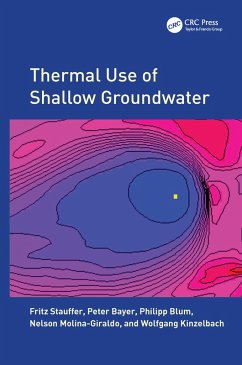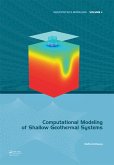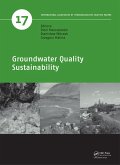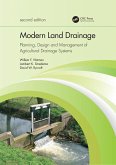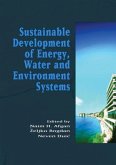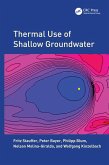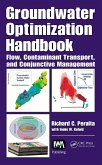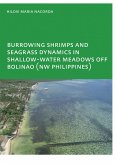Thermal Use of Shallow Groundwater
introduces the theoretical fundamentals of heat transport in groundwater systems, and discusses the essential thermal properties. It presents a complete overview of analytical and numerical subsurface heat transport modeling, providing a series of mathematical tools and simulation models based on analytical and numerical solutions of the heat transport equation. It is illustrated with case studies from Austria, Germany, and Switzerland of urban thermal energy use, and heat storage and cooling.
This book gives a complete set of analytical solutions together with MATLAB® computer codes ready for immediate application or design. It offers a comprehensive overview of the state of the art of analytical and numerical subsurface heat transport modeling for students in civil or environmental engineering, engineering geology, and hydrogeology, and also serves as a reference for industry professionals.
Dieser Download kann aus rechtlichen Gründen nur mit Rechnungsadresse in A, B, BG, CY, CZ, D, DK, EW, E, FIN, F, GR, HR, H, IRL, I, LT, L, LR, M, NL, PL, P, R, S, SLO, SK ausgeliefert werden.

